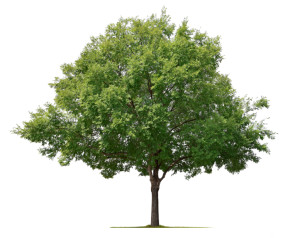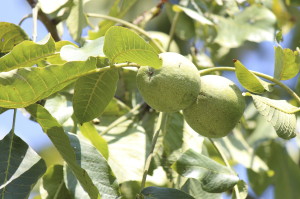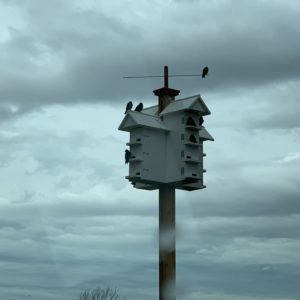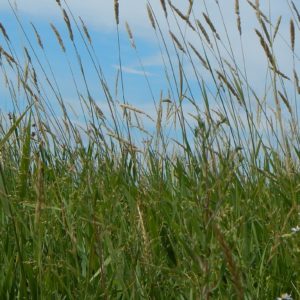Species Spotlight: Butternut
Get to know some of the species at risk in the Lac Deschênes IBA with the Species Spotlight, aka “Sp-Spot”. Today meet the: Butternut

Butternut Tree
Scientific Name: Juglans cinerea
SARA status: Endangered
Taxonomic Group: Vascular Plants
Size: Grows to a maximum of 30 m tall and 90 cm in diameter
The Butternut is a medium-sized tree that belongs to the walnut family. Its leaves are compound with 11 to 17 stalkless leaflets (9 – 15 cm long each) arranged in an opposite, feather-like pattern. The terminal leaflet is large and similar in size to that of the other leaflets. The bark is grey and smooth in texture in young trees. As the tree ages wide, irregular, flat-topped ridges form in the bark. The fruit is a large, oval nut that contains one seed and is surrounded by a green, hairy husk. This is an important food source for birds, squirrels and other small mammals. Butternut is similar in appearance to Black Walnut, which differs in the alternately arranged and stalked leaflets and the terminal leaflet is underdeveloped or missing. The biggest threat to the Butternut is a fungus called the Butternut Canker. Diseased areas, called cankers, develop under the bark and surround the trunk and branches. The cankers cut off the flow of water and nutrients, strangling the tree. It is estimated that in some area the fungus has killed 80% of the Butternut trees. The fungus typically kills the tree quickly, but some trees have been known to live for 30 years with the disease. It is hoped that the uninfected trees carry some resistance and that propagating them will lead to the recovery of the species.
Where Else Can You See This Species?
The butternut is native to eastern North America. It grows as far north as southern Ontario and Quebec and as far

Butternut tree
south as northern Arkansas and Alabama. It is mainly found in stands of deciduous forest and flood plains and prefers moist, well-drained soils and sunny areas. Butternut can often be found along streams, forest edges, fence lines and in open fields. You can find these trees scattered throughout the Lac Deschênes IBA.
Did You Know?
• Butternut has a wide variety of uses. It has been used medicinally to treat toothaches and digestive troubles. As a food source, it is eaten either on its own or mixed in to breads, sauces and other dishes. The tree can be tapped and the sap boiled into syrup and yellowish-brown dye can be made by boiling the inner bark.
• The Butternut is a relatively short-lived tree, rarely growing more than 100 years.
• It is estimated that there are about 13,000 Butternut trees in Ontario, but because they are scattered throughout the region it is difficult to do an accurate inventory of the species.
• Butternut trees produce the chemical juglone, which can kill or stunt the growth of neighbouring plants.
Check back every week to read about a different species at risk that can be found in Lac Deschênes.
You can report sightings of this and other rare species to the Canadian Wildlife Service at (819) 997-2800 or on the MNR Natural Heritage Information Centre website. A photo and a location are very helpful!
We would like to thank our guest blogger Michelle Locke for this post. Michelle is a contract research technician at the Canadian National Collection of Insects, Arachnids and Nematodes. She studies flies of the family Syrphidae, the flower flies, but enjoys opportunities to work with and study all other forms of wildlife when she can.




